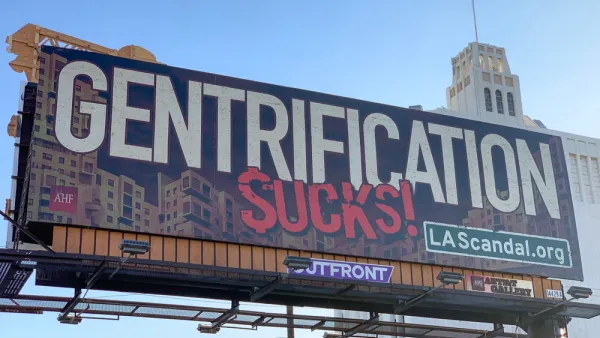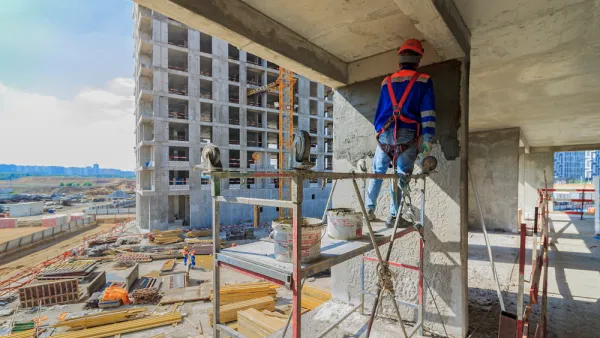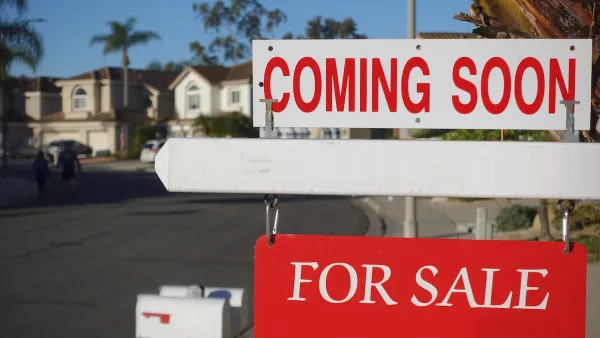Several recent studies add fuel to the fire of whether market-rate housing helps affordability or drives low-income people from their neighborhoods.

The question of whether new market rate housing hurts or helps housing affordability—central to so many urban planning debates in the contemporary United States—can be answered with several new sources of data, according to an article by Emily Badger.
The tension between these views sits at the center of battles over individual buildings and broader fights over how to alleviate the housing crisis. And until recently, there has been almost no data at the neighborhood scale to resolve it. It’s even plausible that both stories could be true at the same time — that new housing might help lower rents across a metro area even as it signals the popularity of a particular neighborhood and nudges up rents nearby.
Several new studies finally offer some evidence that is encouraging, if incomplete. Researchers at N.Y.U., the Upjohn Institute and the University of Minnesota have all looked at what happens immediately surrounding new large-scale apartments that are market-rate (no rent restrictions). Many studies already show that regions that build more are more affordable (and regions that restrict new housing are less so). These latest studies ask if that pattern holds when we zoom in to individual blocks.
Badger details each of the three studies briefly listed there, and speaks to the researchers responsible for the findings in each case for more insight. Collectively, however, these studies provide evidence to support both arguments—that new, market-rate developments can both help keep housing affordability and displace low-income residents.
FULL STORY: A Luxury Apartment Rises in a Poor Neighborhood. What Happens Next?

National Parks Layoffs Will Cause Communities to Lose Billions
Thousands of essential park workers were laid off this week, just before the busy spring break season.

Retro-silient?: America’s First “Eco-burb,” The Woodlands Turns 50
A master-planned community north of Houston offers lessons on green infrastructure and resilient design, but falls short of its founder’s lofty affordability and walkability goals.

Delivering for America Plan Will Downgrade Mail Service in at Least 49.5 Percent of Zip Codes
Republican and Democrat lawmakers criticize the plan for its disproportionate negative impact on rural communities.

Test News Post 1
This is a summary

Test News Headline 46
Test for the image on the front page.

Balancing Bombs and Butterflies: How the National Guard Protects a Rare Species
The National Guard at Fort Indiantown Gap uses GIS technology and land management strategies to balance military training with conservation efforts, ensuring the survival of the rare eastern regal fritillary butterfly.
Urban Design for Planners 1: Software Tools
This six-course series explores essential urban design concepts using open source software and equips planners with the tools they need to participate fully in the urban design process.
Planning for Universal Design
Learn the tools for implementing Universal Design in planning regulations.
EMC Planning Group, Inc.
Planetizen
Planetizen
Mpact (formerly Rail~Volution)
Great Falls Development Authority, Inc.
HUDs Office of Policy Development and Research
NYU Wagner Graduate School of Public Service





























